Case Study
BBDO + Immersion
Ads that have impact
Many companies claim they use the tools of neuroscience to improve advertising and marketing. But are they willing to prove it? BBDO put Immersion to a blind test.
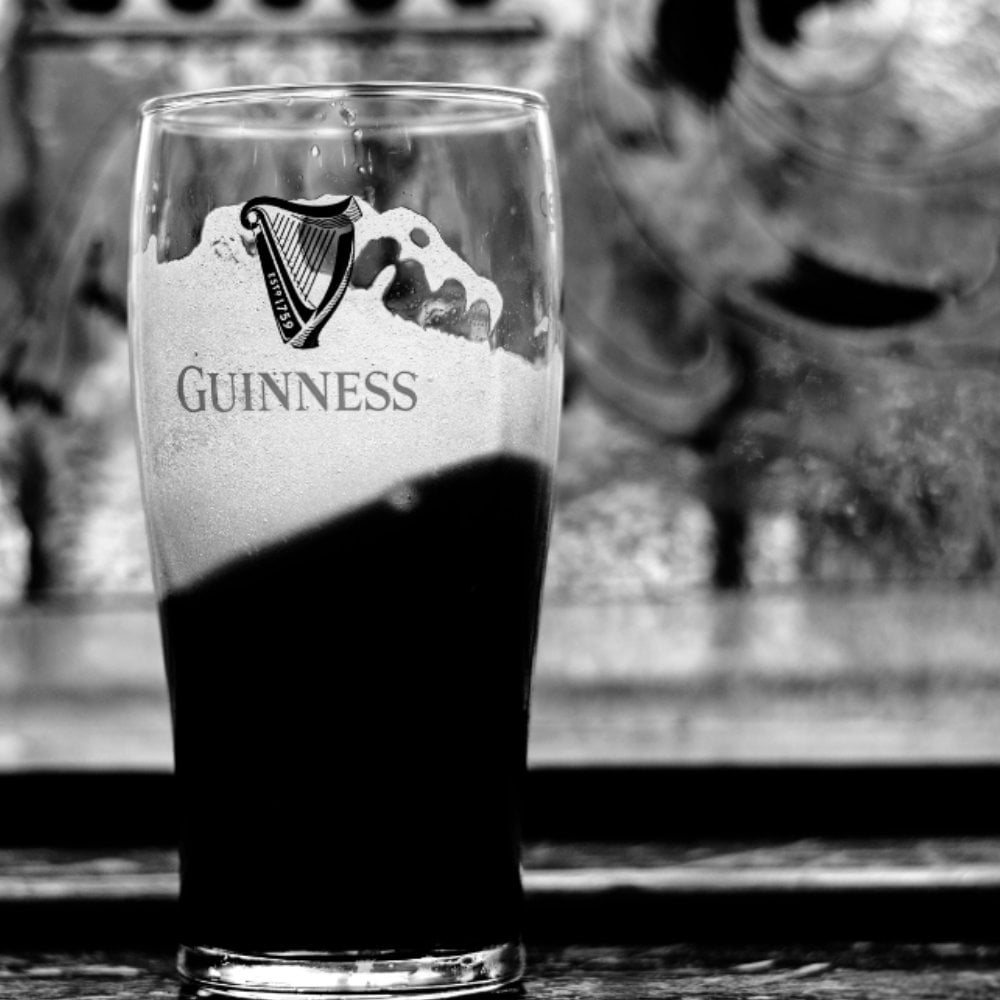
PUTTING IMMERSION TO A BLIND TEST
Brand Managers, Creative Directors, and Ad Agency Partners do not need more bullshit numbers.
They need more certainty. Confidence their content will have the impact they need.
Many companies say they use the tools of neuroscience to improve advertising and marketing. But, if you look closely, much of this work fails to create value for their clients. Some companies that claim to be neuroscience experts do not even measure neural activity while others measure neural signals that fail to capture what drives consumer behavior: unconscious emotional responses to experiences.
Accuracy is king. Immersion’s algorithms turn multiple neural signals into an easy to understand 0-10 measure that accurately predicts outcomes with high accuracy because we spent more than 15 years measuring every neural signal possible—often all at the same time.
Our early research was focused on the ability to identify the neural correlates of persuasion. You can find this research published in peer- reviewed scientific journals such as Biological Psychology and Journal of Intelligence Community Research & Development.
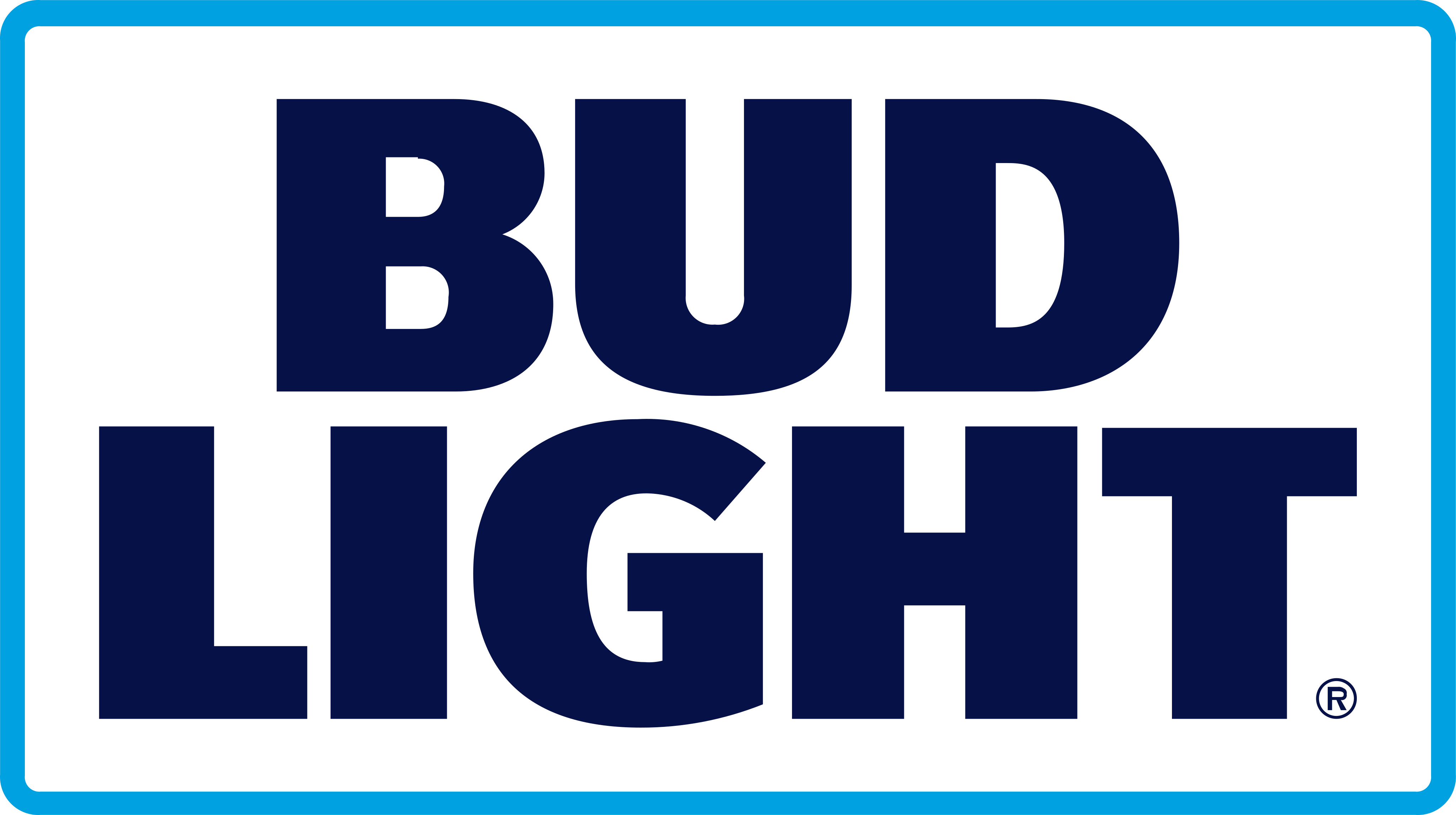
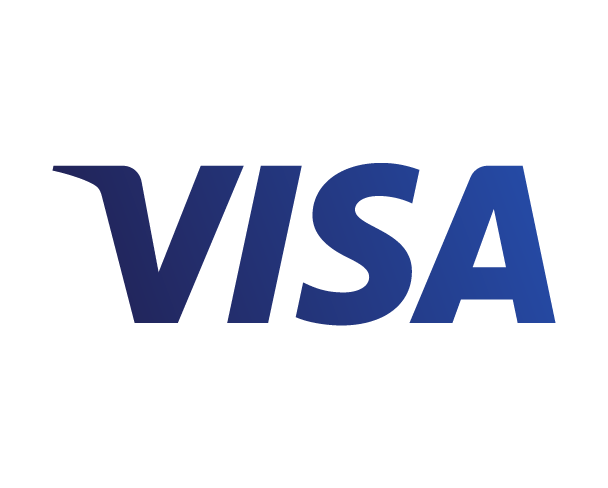
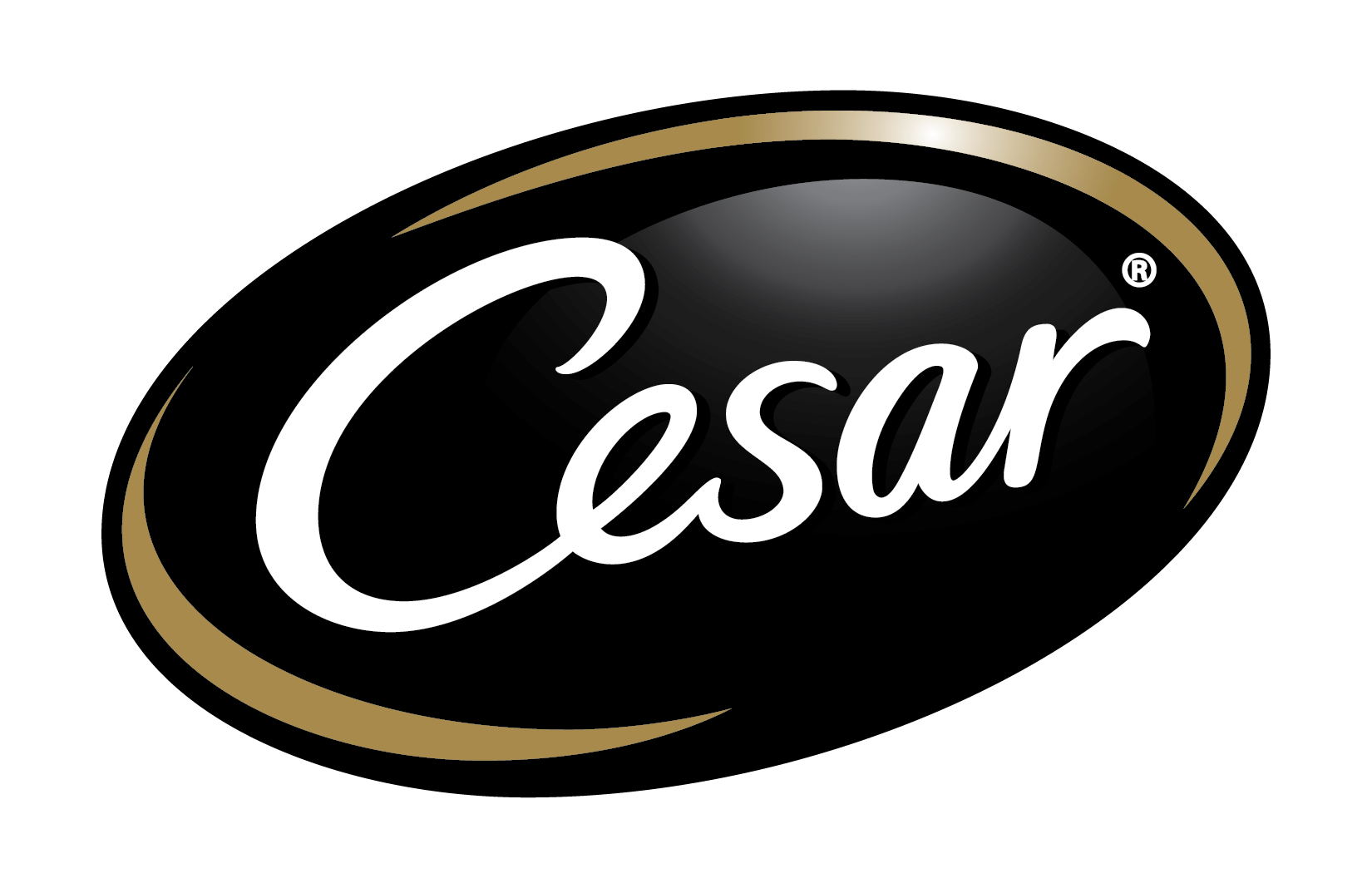


Loosely translated, "robust results" = "stops all the bullshit."
Our funding required that we find statistically "robust" neural signals that predicted study participants' actions after a message or experience. "Robust" is a term-of-art in statistics that means that the signal predicts the same way nearly every time one measures it.
Our research showed that signals coming directly from the brain failed robustness tests. These signals, often measured with an electroencephalogram (EEG) are disjointed parts of brain networks that respond not only to experiences but also many other things. This means that EEG signals predict actions sometimes but other times not very well. Even when they do predict, the accuracy of the predictions for most behaviors is quite low. The signals that Immersion Neuroscience captures come from the nerves coming out of the neck.
These are brain integrated signals that our research has carefully traced to the activation of large brain networks. These integrated signals are statistically robust.
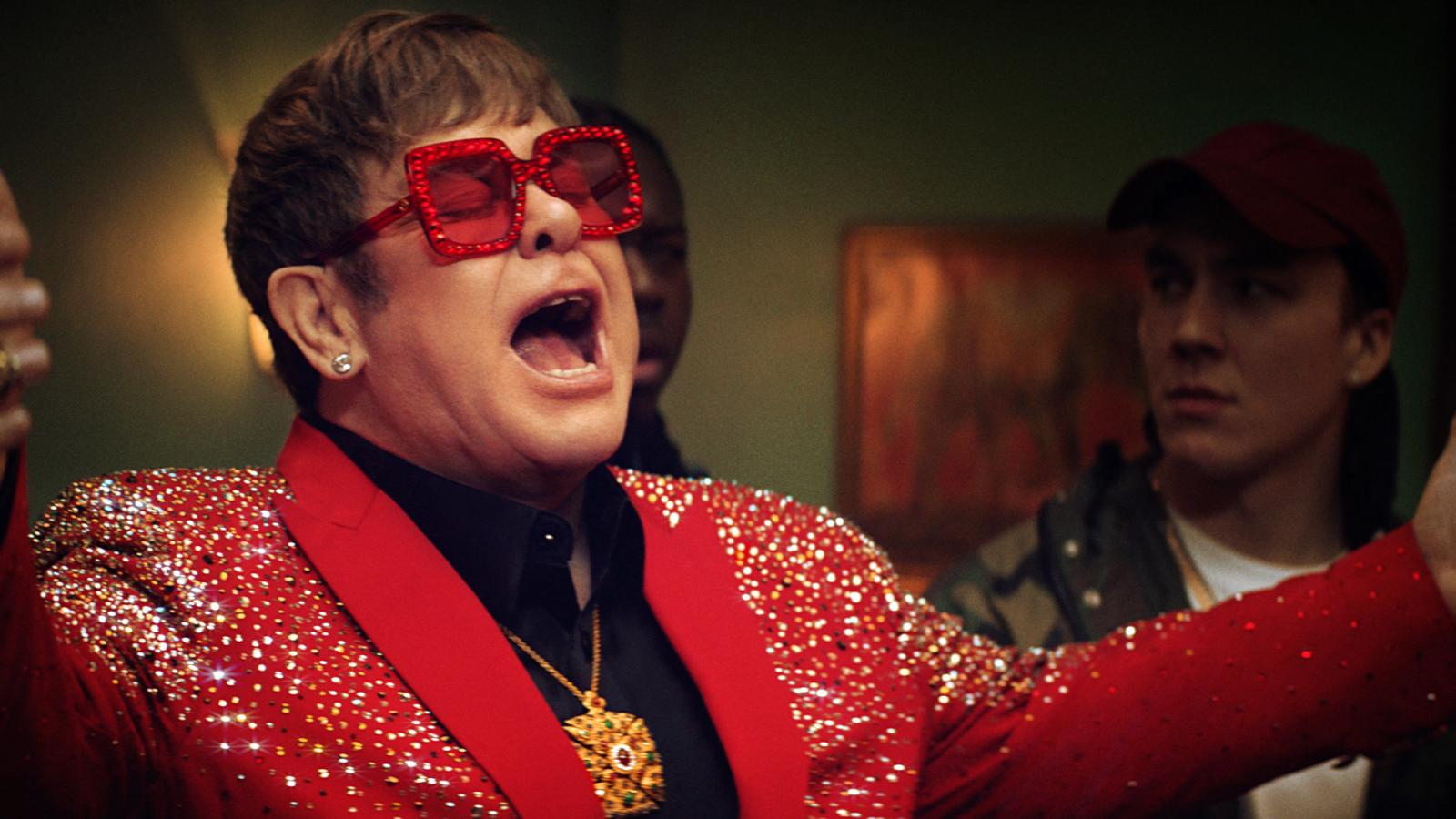
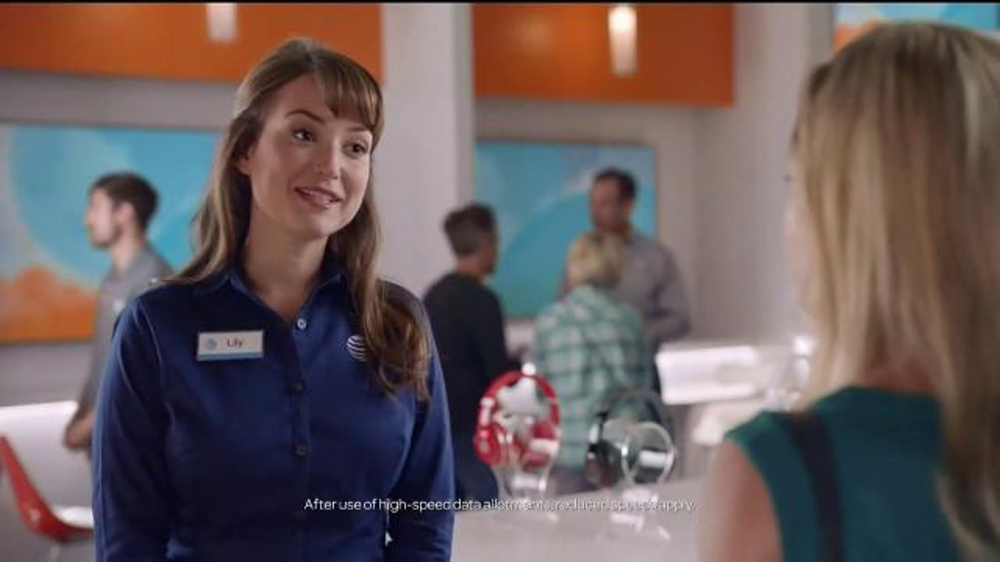
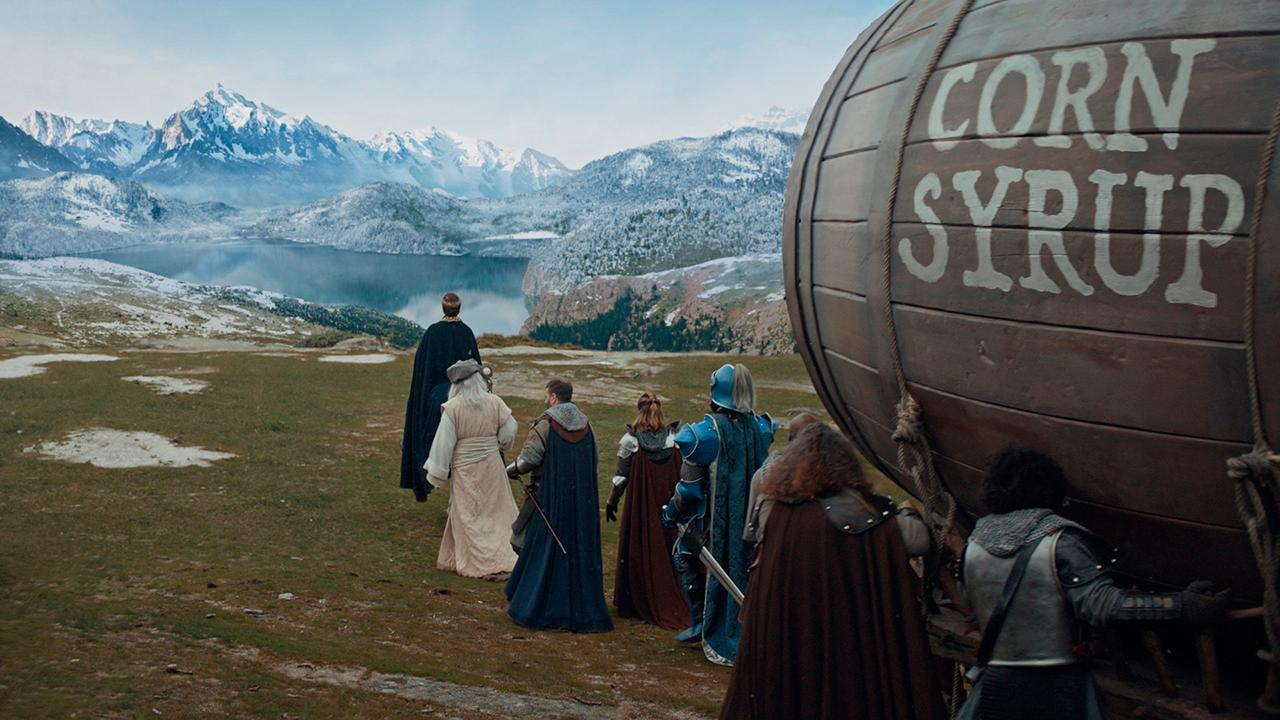
The Study
The global advertising juggernaut BBDO challenged us to predict sales bumps using neural measures. BBDO Asia Head of Strategy Andy Wilson designed a deviously delicious blinded study in which BBDO's clients had ranked ads for sales bumps, with each company using their own methodology, and BBDO withheld this information from us.
Could we predict which ad had produced the largest sales bump? There is no better way than a blinded protocol to prove that Immersion predicts sales so we readily agreed to do the study.
BBDO sent us 18 ads they had created for six clients, three ads per client. The brands were quite varied: Snickers, Cesar dog food, AT&T, Visa, Guinness beer, and Bud Light.
We recruited 61 participants to watch the ads while we collected neurologic data. Respondents, who ranged in age from college students to middle-aged adults, were balanced by gender, and had varying ethnicities and incomes.
0
People in the cohort
0%
Accuracy in predicting sales bumps / impact of ad
0
Ads tested
The Results
Immersion correctly identify which ad produced the largest sales bumps for five of the six brands we tested. That means we predicted sales bumps with 83% accuracy. Of course, our ranking could have been dumb luck. The likelihood that our prediction was due to random chance was only 3.1%, a highly statistically significant result.
Here's another way to understand our findings: there is a statistically significant linear relationship between immersion and sales bumps, so as Immersion increases, so do sales.
This blinded test proved that neural signals from a modest number of individuals are able to predict what will happen in the market. A win for Immersion!
You may be wondering which brand our forecast missed? Bud Light. Andy Wilson later told me that Bud Light had, in addition to TV commercials, sponsored live concerts, a social media campaign, and swag giveaways that affected sales; the immersion of their commercials could not take these additional sales-drivers into account. BBDO had basically thrown us a red herring, but the neurologic data did what it was designed to do: predict actions from messages.
Key Learnings
-
Our 15 years of published neuroscience research shows it is not enough to measure any neural signal. Immersion Neuroscience has shown that combinations of neural signals consistently and accurately predict outcomes.
-
Blinded tests are the gold standard of prediction. We achieved 83% accuracy in a blinded test to predict sales bumps designed by BBDO by measuring immersion in only 61 people.
-
Immersion is an effective and accurate tool in predicting an ads impact and efficacy. When you need to know what will work, Immersion cuts out the bullshit.
-
Immersive experiences are tagged with emotion in the brain and as a result are more likely to be acted on and more easily recalled weeks later. This is how immersive ads generate sales.
Awesome, Right?!?
You should download the full case study and send it to a friend. A little neuroscience goes a long way.

